Alex Miller
Alex Miller
Founder & CEO
300 Published Articles
Countries Visited: 34U.S. States Visited: 29
Founder and CEO of Upgraded Points, Alex is a leader in the industry and has earned and redeemed millions of points and miles. He frequently discusses the award travel industry with CNBC, Fox Business...
Edited by: Keri Stooksbury
Keri Stooksbury
Editor-in-Chief
108 Published Articles 3824 Edited Articles
Countries Visited: 54U.S. States Visited: 28
Editing with Upgraded Points for over 6 years, as editor-in-chief, Keri manages the editorial calendar and oversees the efforts of the editing team and over 20 content contributors, reviewing thousand...
![How Much Fuel Hasn’t Been Used by Airlines During COVID-19 [Data Study]](https://upgradedpoints.com/wp-content/uploads/2023/01/Refueling-an-airplane.jpg?auto=webp&disable=upscale&width=1200)
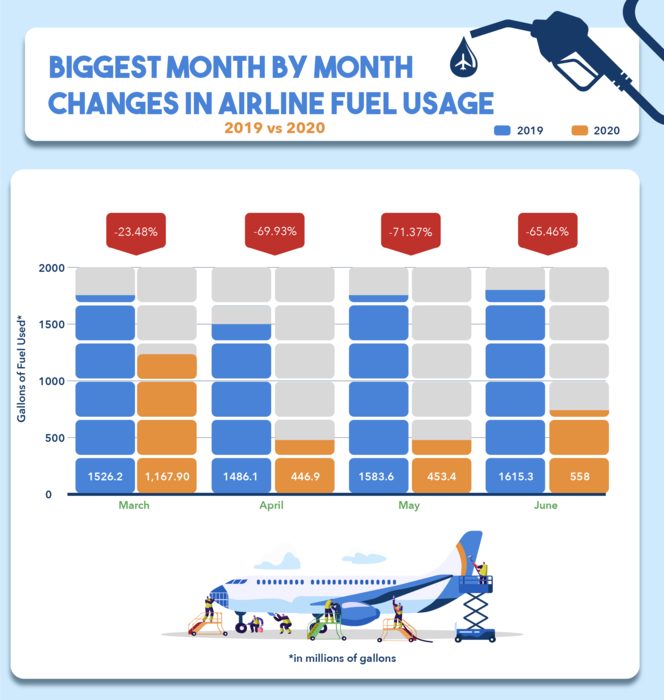
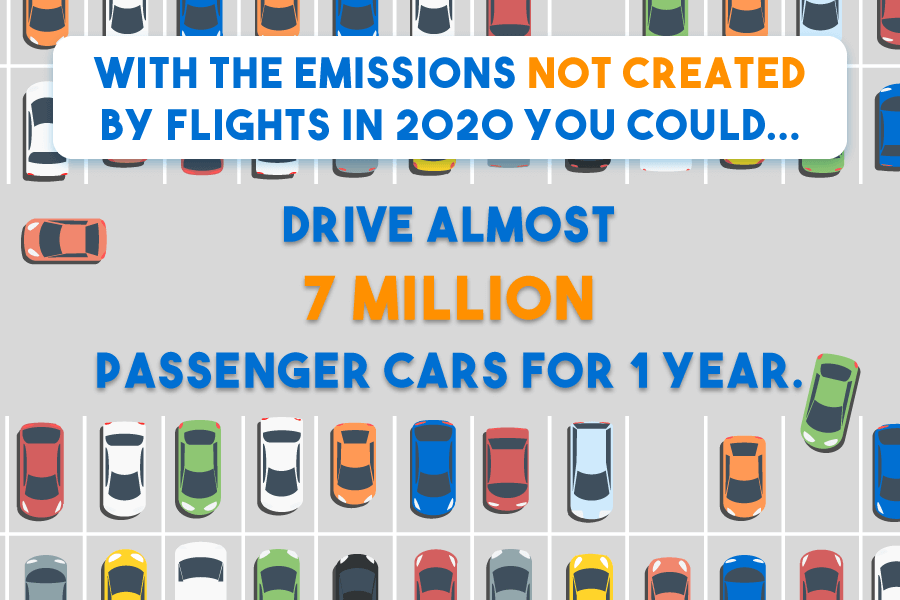
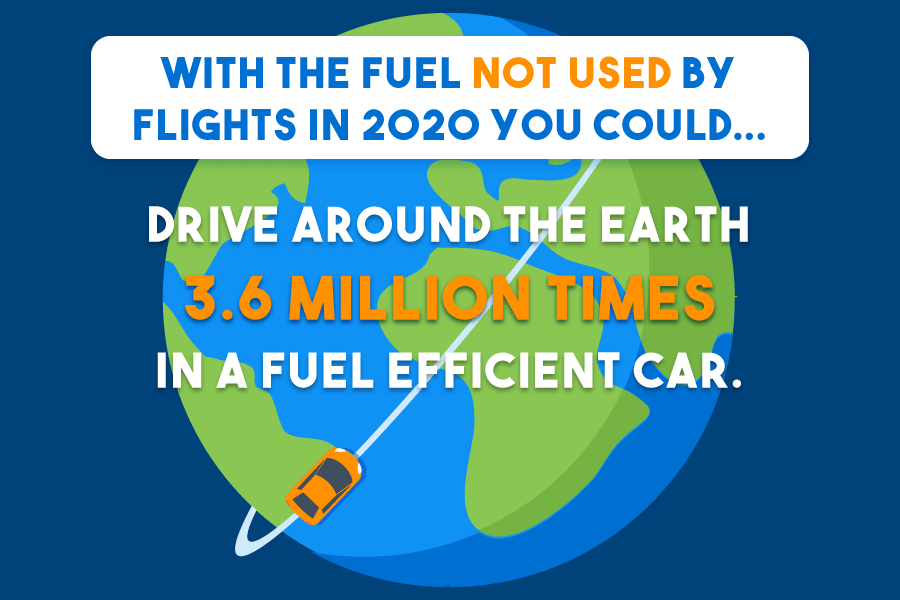
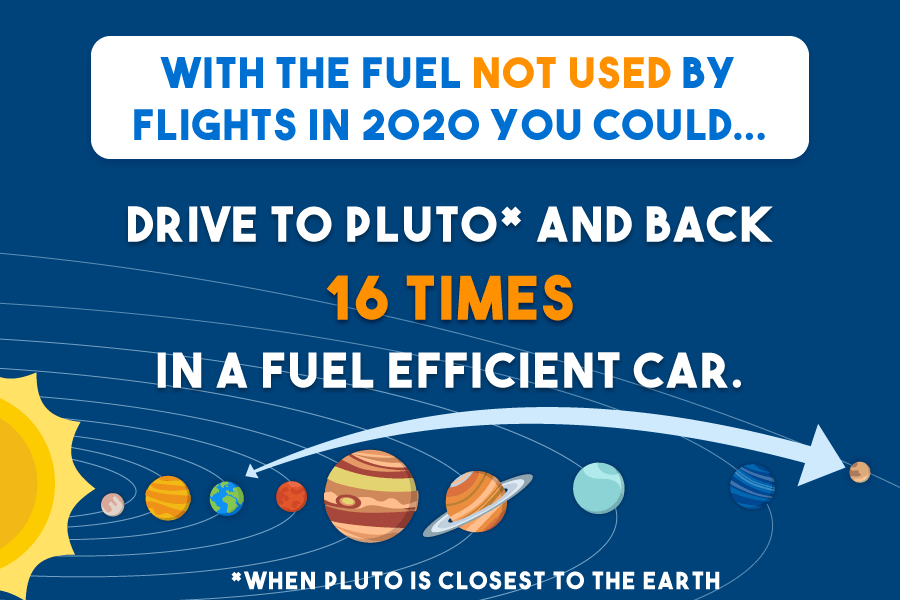
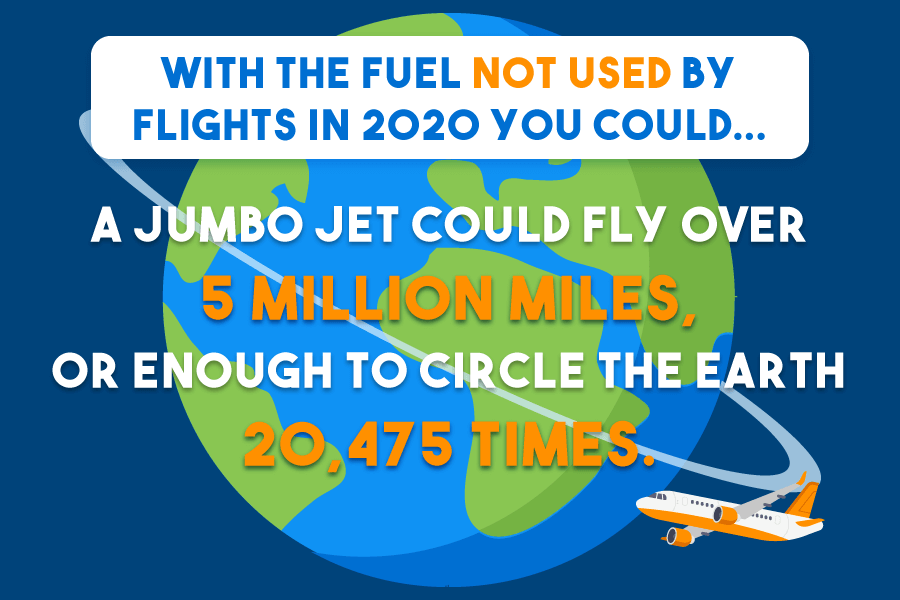
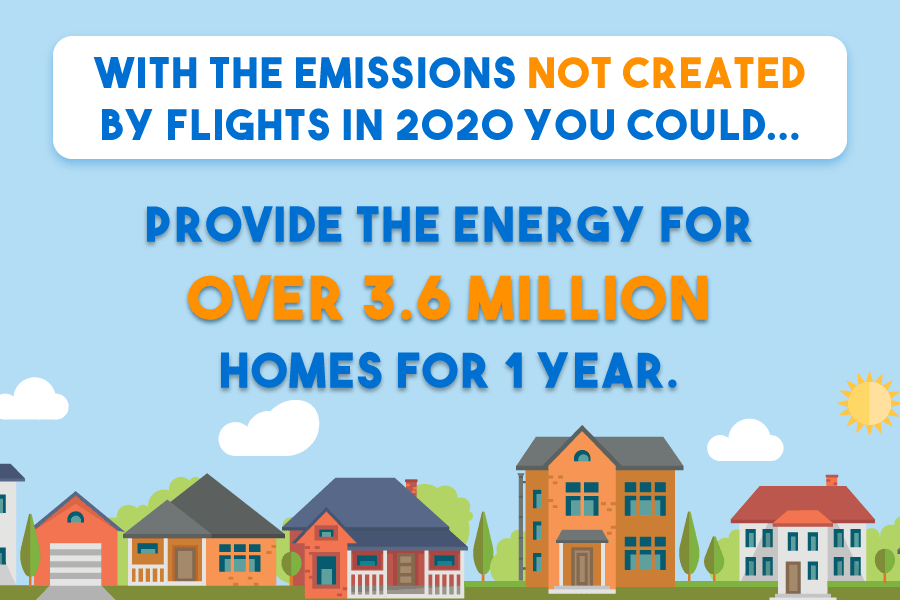
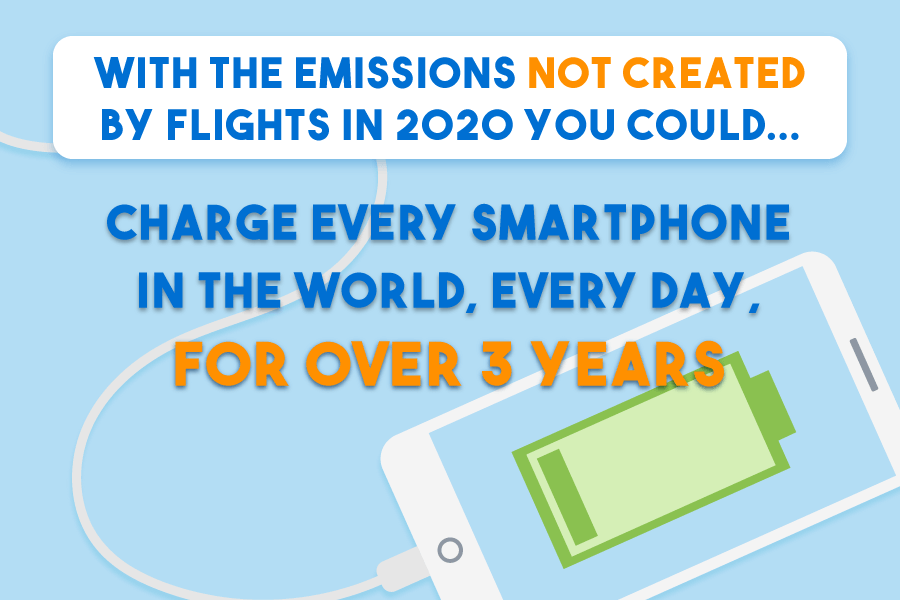
![Customer Complaints Surge Against Airlines and Online Travel Agents During COVID-19 [Data Study]](https://upgradedpoints.com/wp-content/uploads/2020/07/woman-sitting-on-luggage-3943882.jpg?auto=webp&disable=upscale&width=1200)
![U.S. Airlines with the Best and Worst Customer Service [2018-2019 Data Study]](https://upgradedpoints.com/wp-content/uploads/2021/09/Hainan-Airlines-business-class-service.jpg?auto=webp&disable=upscale&width=1200)
![The U.S. Airlines Most Likely to Bump You [Data Study]](https://upgradedpoints.com/wp-content/uploads/2022/07/Frontier-male-passenger-boarding-pass.jpg?auto=webp&disable=upscale&width=1200)
![Which U.S. Airlines Dominate Market Share in North America? [2018 Data Study]](https://upgradedpoints.com/wp-content/uploads/2019/03/Map-of-the-USA-with-a-plane.jpg?auto=webp&disable=upscale&width=1200)